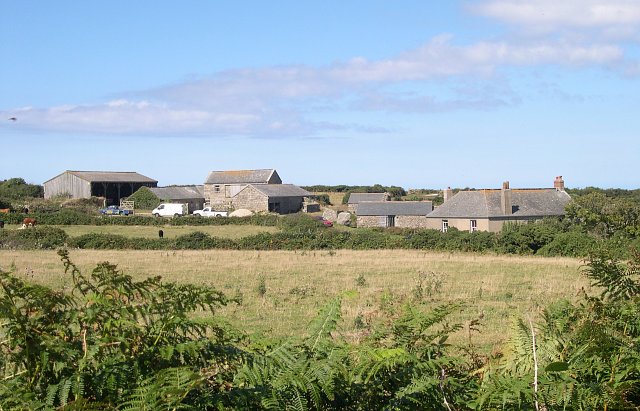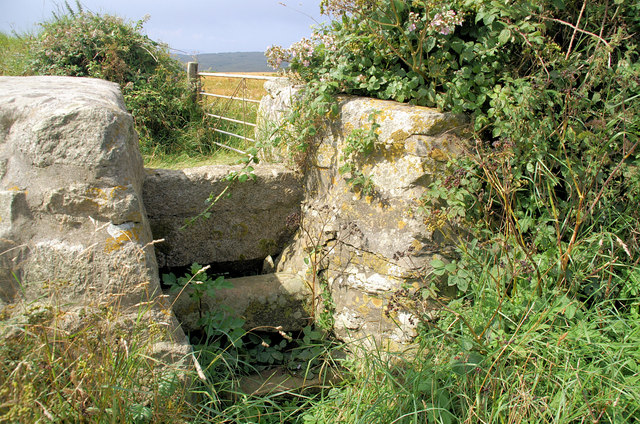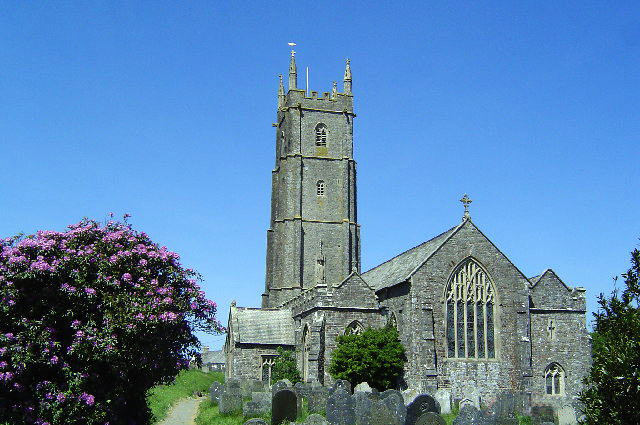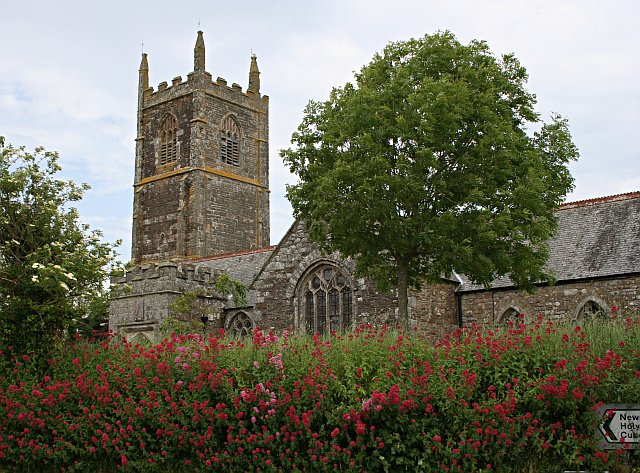|
Treveal
Treveal is a farm in the parish of Zennor, Cornwall, UK. Treveal is also a hamlet in the parish of Cubert (Cornwall), between Cubert churchtown and Tresean, where the spelling has recently changed to Trevail to reflect the pronunciation. The Cubert hamlet has the meaning "Mayle's Farm" with attested spellings back to the 14th century. See also * List of farms in Cornwall This is a list of farms in Cornwall. Cornwall is a ceremonial county and unitary authority area of England within the United Kingdom. Farms in Cornwall * Arrallas * Bodanna * Bodgate * Bodrean * Carn Arthen * Carnebone * Churc ... References External links Farms in Cornwall Hamlets in Cornwall {{Penwith-geo-stub ... [...More Info...] [...Related Items...] OR: [Wikipedia] [Google] [Baidu] |
Ellenglaze
Ellenglaze ( kw, Elynglas) is a Hamlet (place), hamlet near the village of Cubert north of Perranporth in Cornwall, England. It lies close to the edge of Penhale Sands (dunes). History The manor of Ellenglaze is recorded in the Domesday Book as "Elil" (the 'glaze' was likely added later, from Cornish , meaning blue or green) and belonging to the monastery of Bodmin and having 2 hides of land and land for 8 ploughs. The monastery had 4 ploughs and 4 serfs there. There were also 8 villeins, 8 smallholders, half a square league of pasture and 20 sheep. The value of it was £1 sterling. "Elil" was at one time identified with a place in the hundred of East Wivelshire. It is the location of a former lead mine, abandoned in 1839. Ellenglaze Manor is a Grade II listed building, probably dating from the mid-late 17th century, with later alterations. References {{coord, 50.378, N, 5.130, W, region:GB, display=title Hamlets in Cornwall Manors in Cornwall ... [...More Info...] [...Related Items...] OR: [Wikipedia] [Google] [Baidu] |
Holywell, Cornwall
Holywell ( kw, Tregew)Place-names in the Standard Written Form (SWF) List of place-names agreed by the MAGA Signage Panel . Cornish Language Partnership. is a coastal village in north Cornwall, England, United Kingdom. It is at Holywell Bay ( kw, Porth Heylyn), about three miles (5 km) west-southwest of [...More Info...] [...Related Items...] OR: [Wikipedia] [Google] [Baidu] |
Tresean
Tresean is a hamlet north of Cubert, Cornwall, England, United Kingdom. it is separated from Cubert churchtown by Treveal Treveal is a farm in the parish of Zennor, Cornwall, UK. Treveal is also a hamlet in the parish of Cubert (Cornwall), between Cubert churchtown and Tresean, where the spelling has recently changed to Trevail to reflect the pronunciation. The Cu ....Ordnance Survey ''Landranger 200; Newquay, Bodmin & Surrounding Area; 1:50 000''. 1980 References Hamlets in Cornwall {{Carrick-geo-stub ... [...More Info...] [...Related Items...] OR: [Wikipedia] [Google] [Baidu] |
Stone Crosses In Cornwall
Wayside crosses and Celtic inscribed stones are found in Cornwall in large numbers; the inscribed stones (about 40 in number) are thought to be earlier in date than the crosses and are a product of Celtic Christian society. It is likely that the crosses represent a development from the inscribed stones but nothing is certain about the dating of them. In the late Middle Ages it is likely that their erection was very common and they occur in locations of various types, e.g. by the wayside, in churchyards, and in moorlands. Those by roadsides and on moorlands were doubtless intended as route markings. A few may have served as boundary stones, and others like the wayside shrines found in Catholic European countries. Crosses to which inscriptions have been added must have been memorial stones. According to W. G. V. Balchin "The crosses are either plain or ornamented, invariably carved in granite, and the great majority are of the wheel-headed Celtic type." Their distribution shows a ... [...More Info...] [...Related Items...] OR: [Wikipedia] [Google] [Baidu] |
Perranzabuloe
Perranzabuloe (; kw, Pyran yn Treth) is a coastal civil parish and a hamlet in Cornwall, England, United Kingdom. Perranzabuloe parish is bordered to the west by the Atlantic coast and St Agnes parish, to the north by Cubert parish, to the east by St Newlyn East and St Allen parishes and to the south by Kenwyn parish. The hamlet (containing the parish church) is situated just over a mile (2 km) south of the principal settlement of the parish, Perranporth; the hamlet is also seven miles (11 km) south-southwest of Newquay. Other settlements in the parish include Perrancoombe, Goonhavern, Mount and Callestick. The parish population was 5,382 in the 2001 census, increasing to 5,486 at the 2011 census. The name of the parish derives from the medieval Latin ''Perranus in Sabulo'' meaning Piran in the sand. It refers to Saint Piran (the patron saint of Cornwall) who founded an oratory church in the seventh century near the coast north of Perranporth. In medieval ... [...More Info...] [...Related Items...] OR: [Wikipedia] [Google] [Baidu] |
St Nectan
Saint Nectan, sometimes styled Saint Nectan of Hartland, was a 5th-century holy man who lived in Stoke, Hartland, in the nowadays English, and at the time brythonic-speaking county of Devon, where the prominent St Nectan's Church, Hartland is dedicated to him. Life A "Life of Nectan", along with an account of the finding of his body and a collection of miracle stories, can be found in a 14th-century manuscript now in Gotha. The "Life" has been dated to the end of the 12th century. Its account holds that Nectan was born in Ireland but moved to Wales when he was young in 423 AD, the eldest of the 24 children of King Brychan of Brycheiniog (now Brecknock in Wales). Nectan heard of the great hermit of the Egyptian desert, St Anthony, and was inspired to imitate his way of life. Seeking greater solitude, Nectan and his companions left Wales, intending to settle wherever their boat happened to land. Nectan and his companions wound up on the northern coast of Devon at Hartland, where ... [...More Info...] [...Related Items...] OR: [Wikipedia] [Google] [Baidu] |
St Newlyn East
St Newlyn East ( kw, Eglosniwlin) is a civil parish and village in Cornwall, England, United Kingdom. The village is approximately three miles (5 km) south of Newquay. The name St Newlyn East is locally abbreviated to Newlyn East and according to an anonymous historian writing in ''The Cornishman'' in 1880 it was only in recent years that ''Saint'' had been added to the parish name. The parish is named after the patron saint of the church, St Newlina, and the population was 1,390 in the 2001 census, which had increased to 1,635 at the 2011 census. There is also an electoral ward named Newlyn and Goonhavern which following the 2011 census had a population of 4,933. The Lappa Valley Steam Railway tourist attraction operates near Newlyn East. At Trerice is the Tudor mansion of the Arundells now in the care of the National Trust. To the northeast is Tresillian House. The village has a primary school. Church of St Newlina and the Manor of Cargoll The church was founded ... [...More Info...] [...Related Items...] OR: [Wikipedia] [Google] [Baidu] |
Crantock
Crantock ( kw, Lanngorrow) is a coastal civil parish and a village in Cornwall, United Kingdom. The village is approximately two miles (3 km) southwest of Newquay. Crantock dates back to 460 AD when a group of Irish hermits founded an oratory there. The village lies to the south of the River Gannel which forms a natural boundary between the parishes of Newquay and Crantock. The River Gannel is tidal and ferries operate on a seasonal basis from Fern Pit to Crantock Beach. The River Gannel runs along Crantock Beach and joins the Atlantic Ocean. The village can be reached from the A3075 road via the junction at Trevemper. The hamlets of Treninnick and West Pentire are in the parish. Large parts of the parish are now in the ownership of the National Trust, including West Pentire headland which is a Site of Special Scientific Interest noted for its wild flowers and rare plants. History and antiquities The older part of the village is situated around its church which is d ... [...More Info...] [...Related Items...] OR: [Wikipedia] [Google] [Baidu] |
Romanticists
Romanticism (also known as the Romantic movement or Romantic era) was an artistic, literary, musical, and intellectual movement that originated in Europe towards the end of the 18th century, and in most areas was at its peak in the approximate period from 1800 to 1850. Romanticism was characterized by its emphasis on emotion and individualism, clandestine literature, paganism, idealization of nature, suspicion of science and industrialization, and glorification of the past with a strong preference for the medieval rather than the classical. It was partly a reaction to the Industrial Revolution, the social and political norms of the Age of Enlightenment, and the scientific rationalization of nature. It was embodied most strongly in the visual arts, music, and literature, but had a major impact on historiography, education, chess, social sciences, and the natural sciences. It had a significant and complex effect on politics, with romantic thinkers influencing conservatism, liber ... [...More Info...] [...Related Items...] OR: [Wikipedia] [Google] [Baidu] |
Holy Well
A holy well or sacred spring is a well, spring or small pool of water revered either in a Christian or pagan context, sometimes both. The water of holy wells is often thought to have healing qualities, through the numinous presence of its guardian spirit or Christian saint. They often have local legends associated with them; for example in Christian legends, the water is often said to have been made to flow by the action of a saint. Holy wells are often also places of ritual and pilgrimage, where people pray and leave votive offerings. In Celtic regions, strips of cloth are often tied to trees at holy wells, known as clootie wells. Names The term ''haeligewielle'' is in origin an Anglo-Saxon toponym attached to specific springs in the landscape; its current use has arisen through folklore scholars, antiquarians, and other writers generalising from those actual 'Holy Wells', which survived into the modern era. The term 'holy-hole' is sometimes employed.A. Ross, ''Pagan Celt ... [...More Info...] [...Related Items...] OR: [Wikipedia] [Google] [Baidu] |








